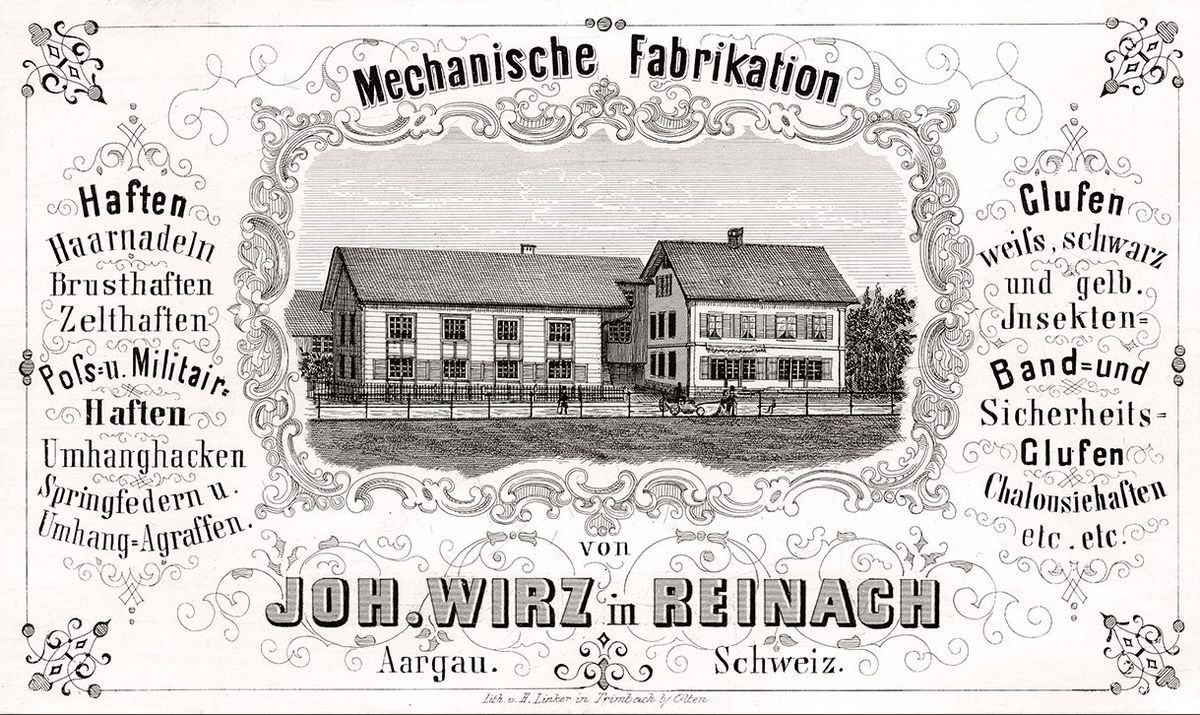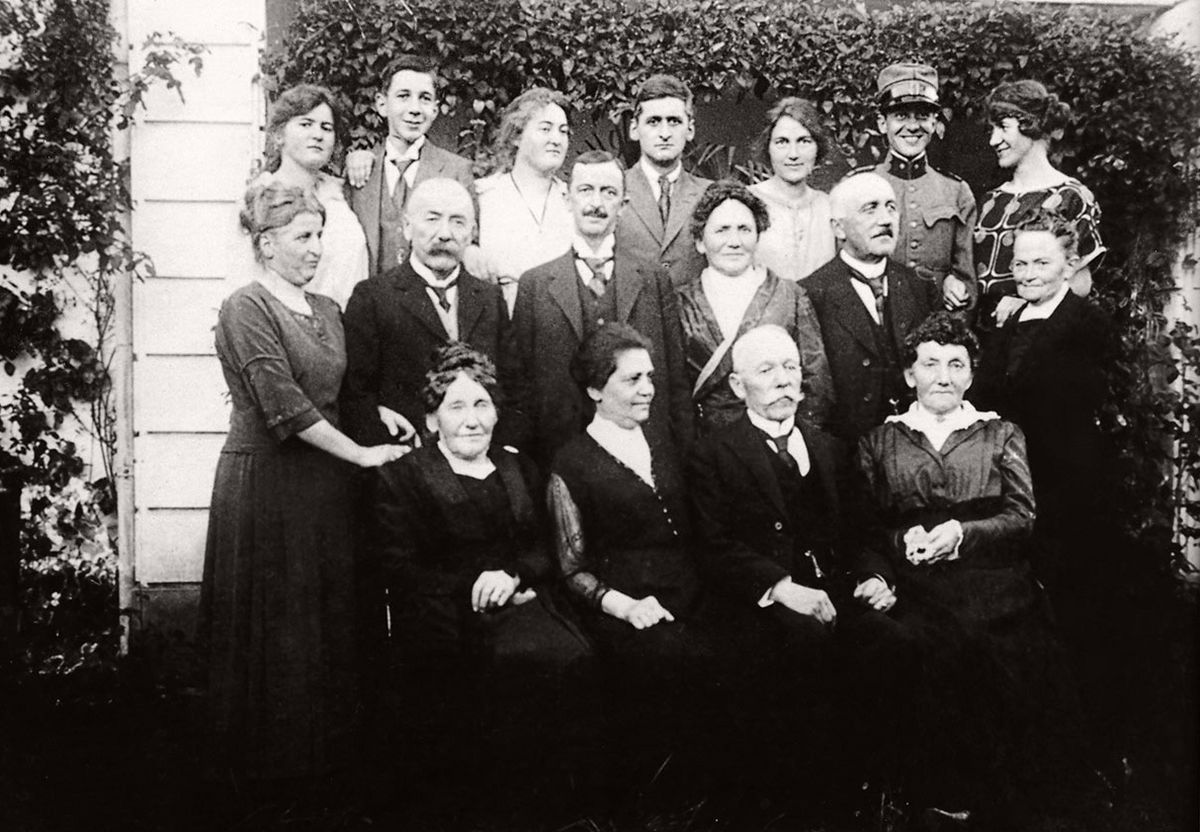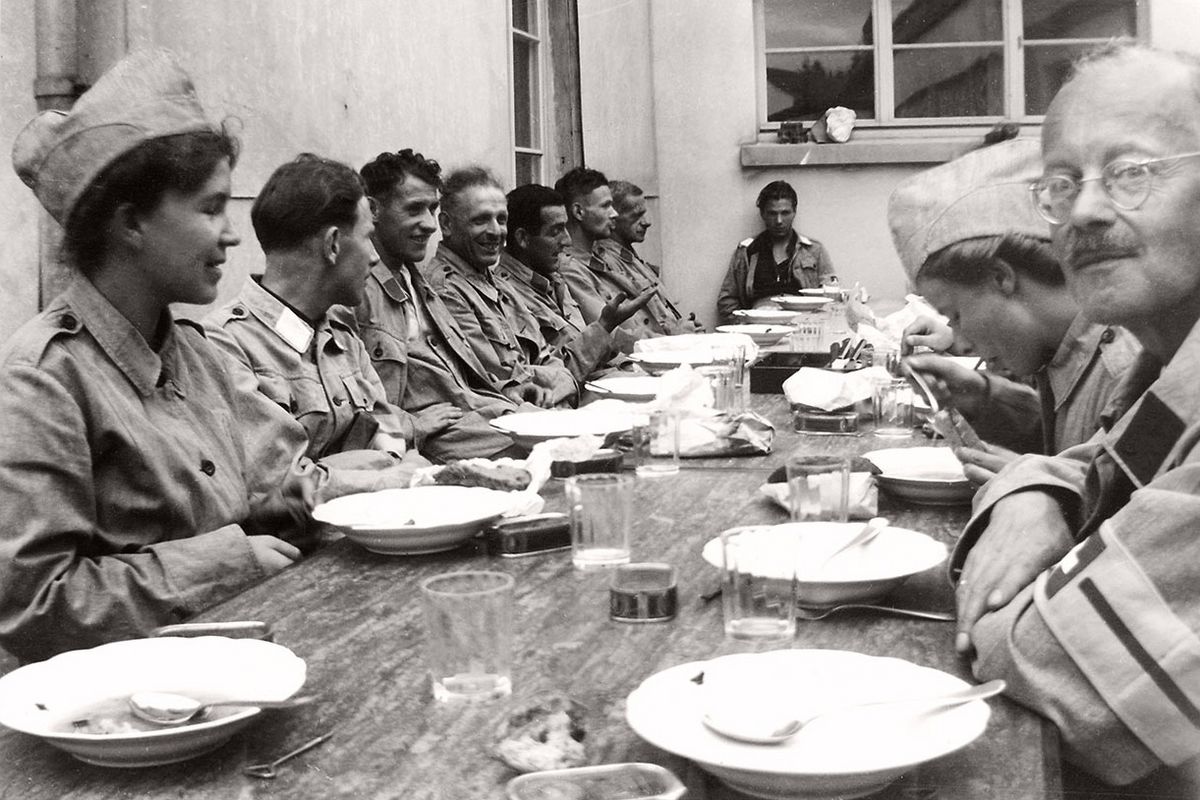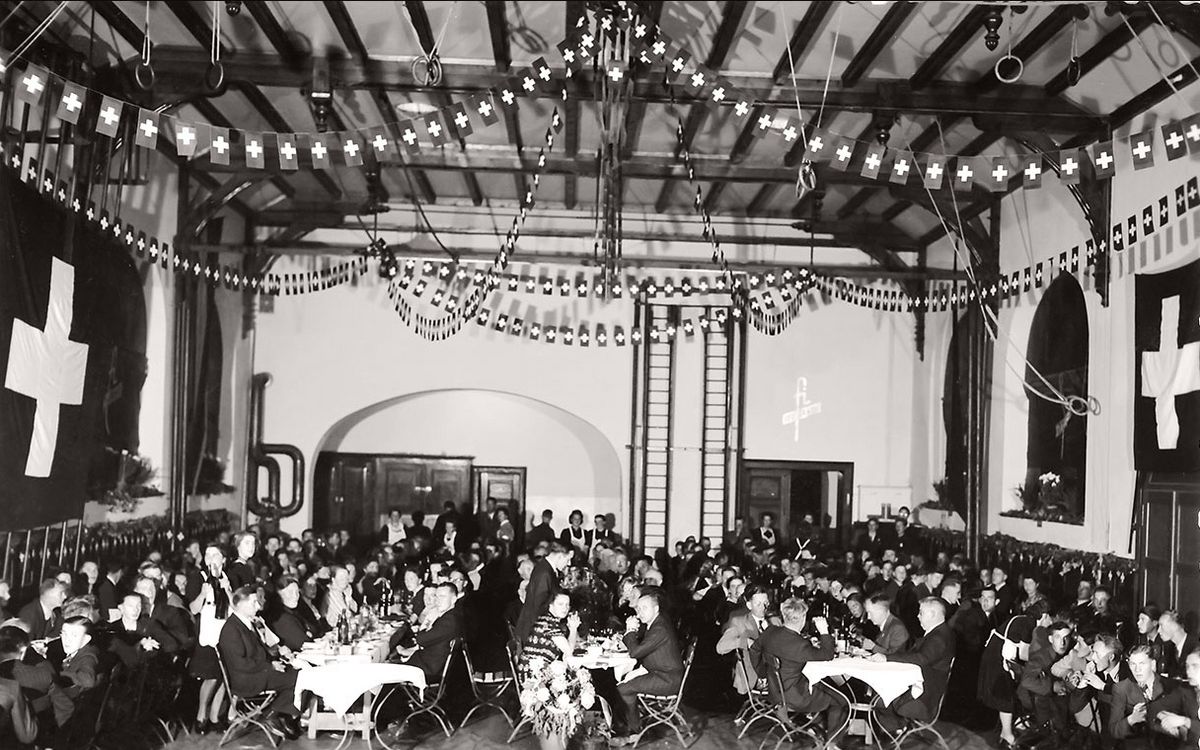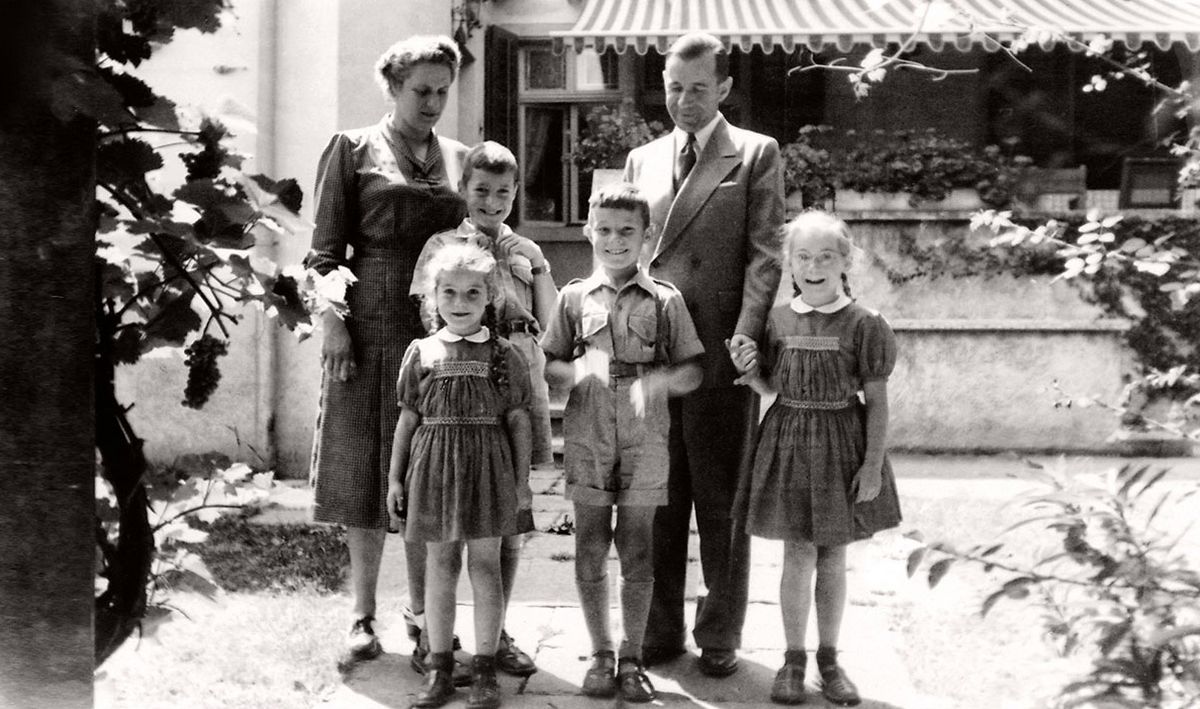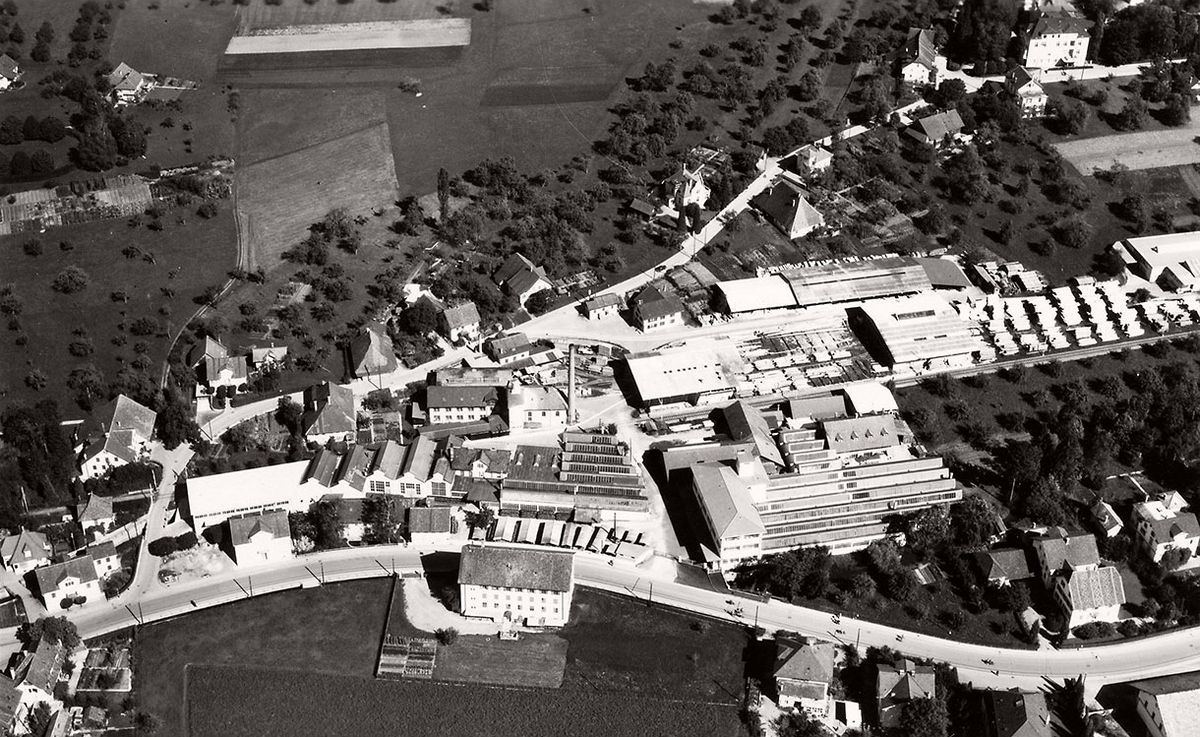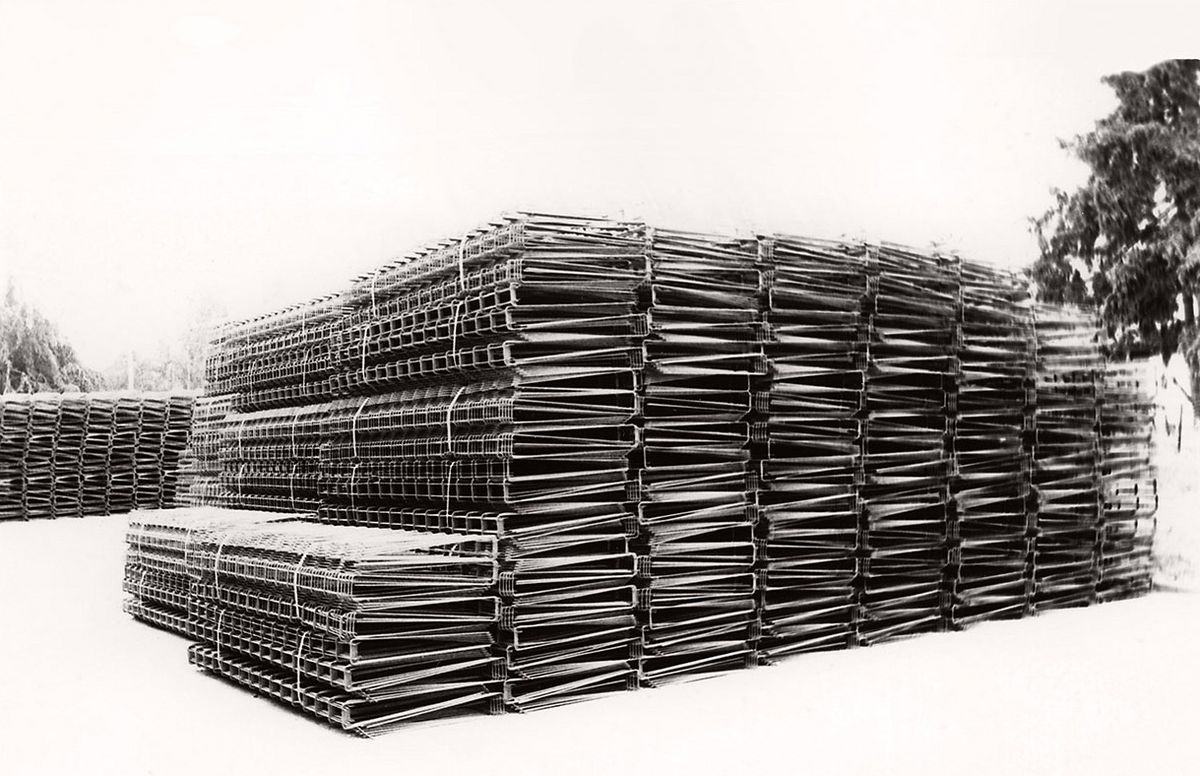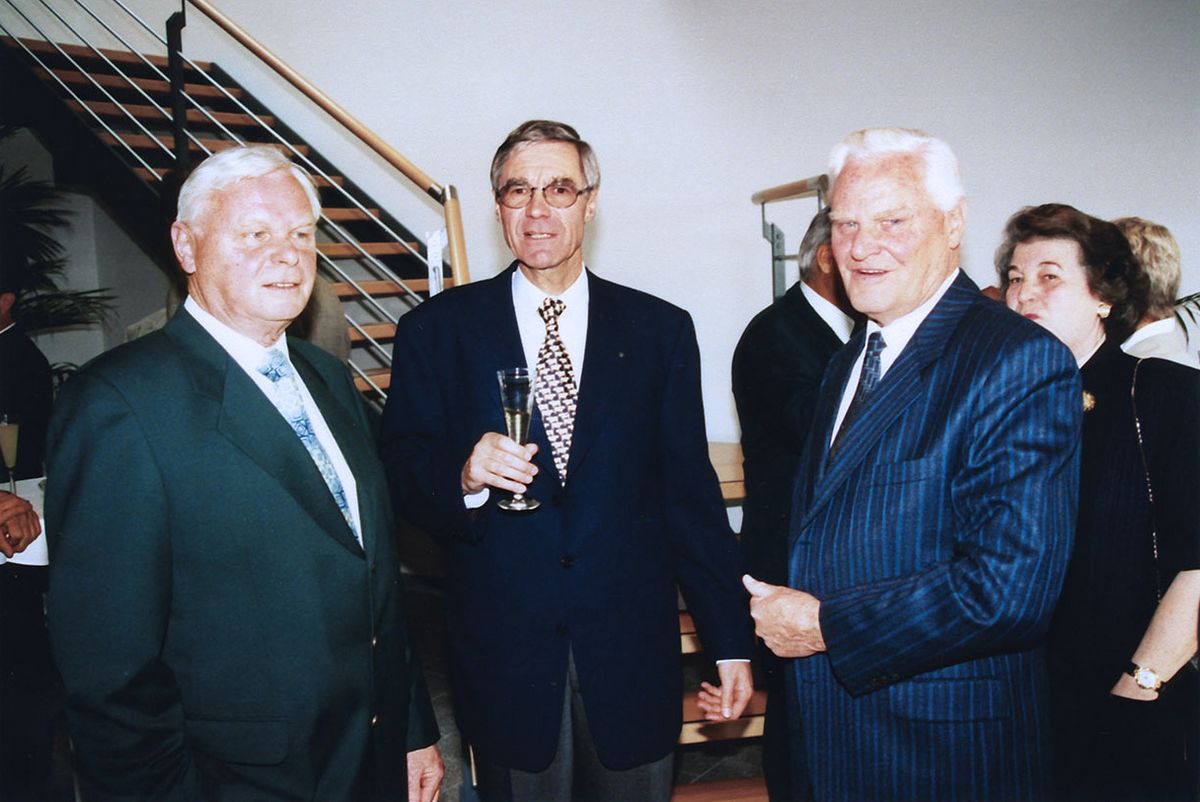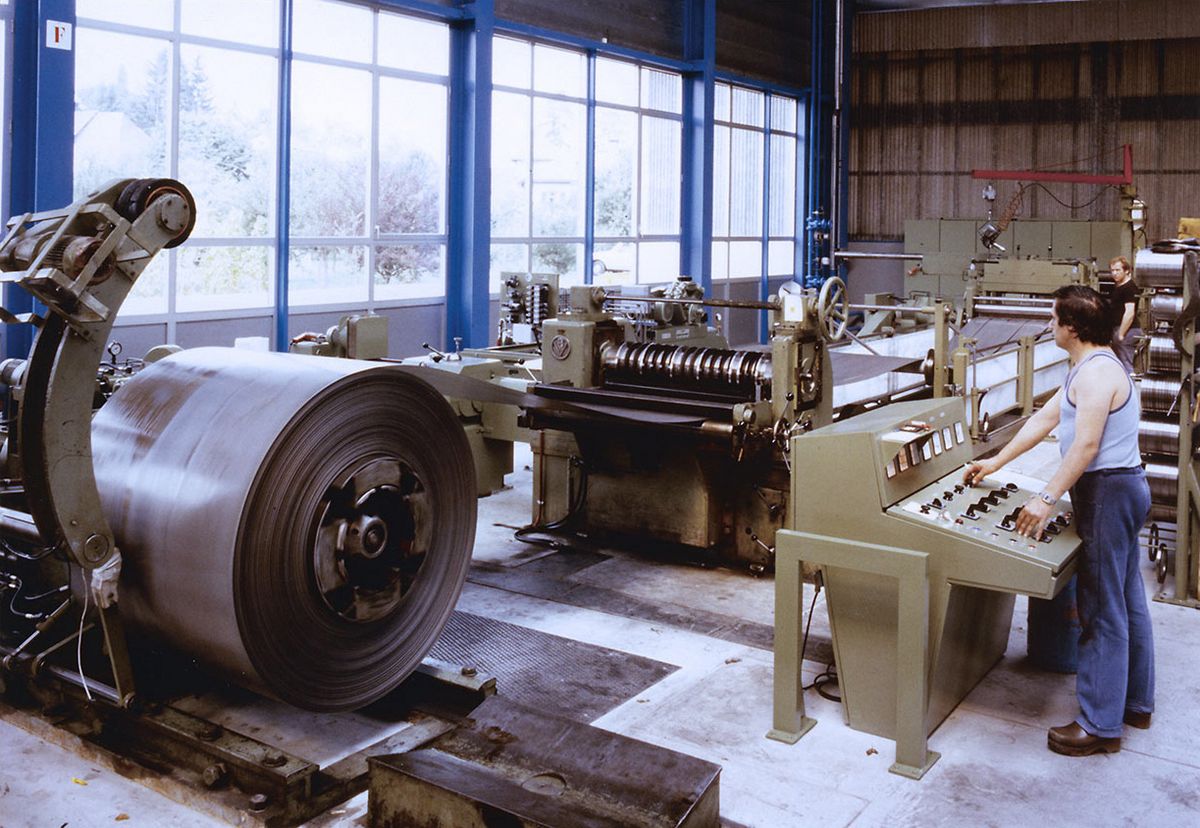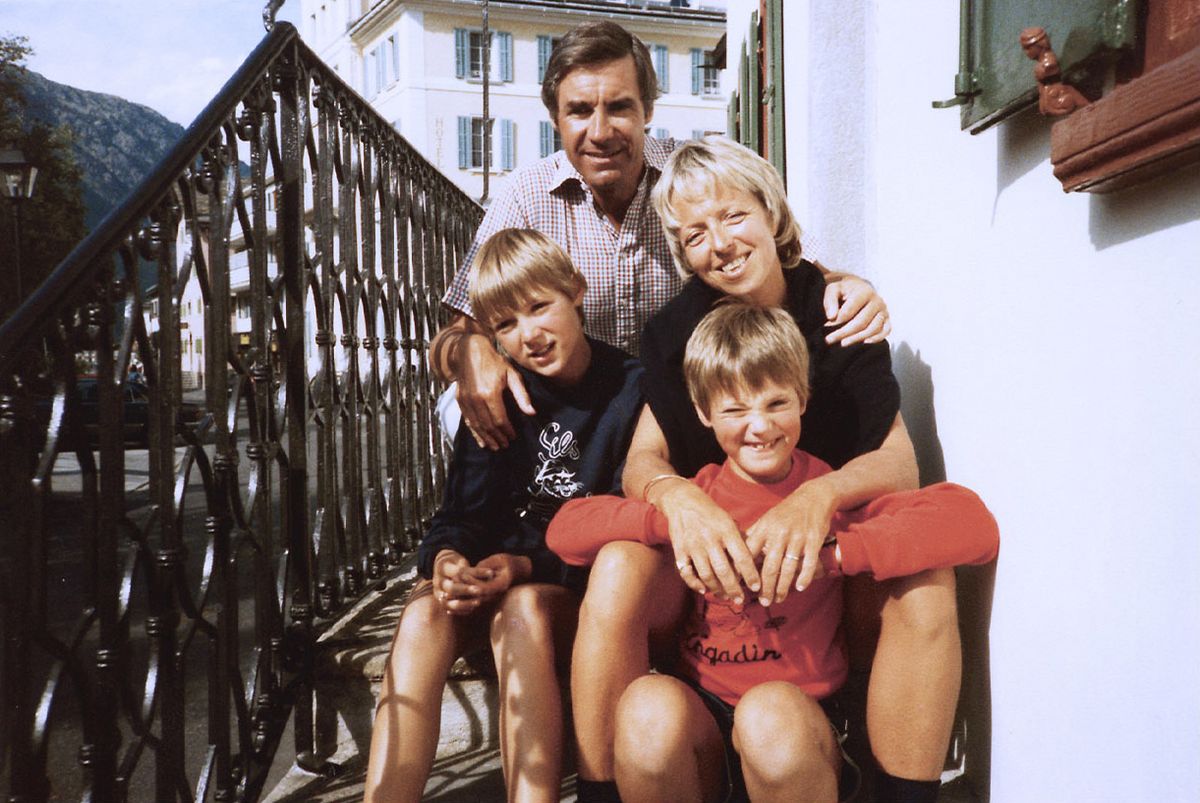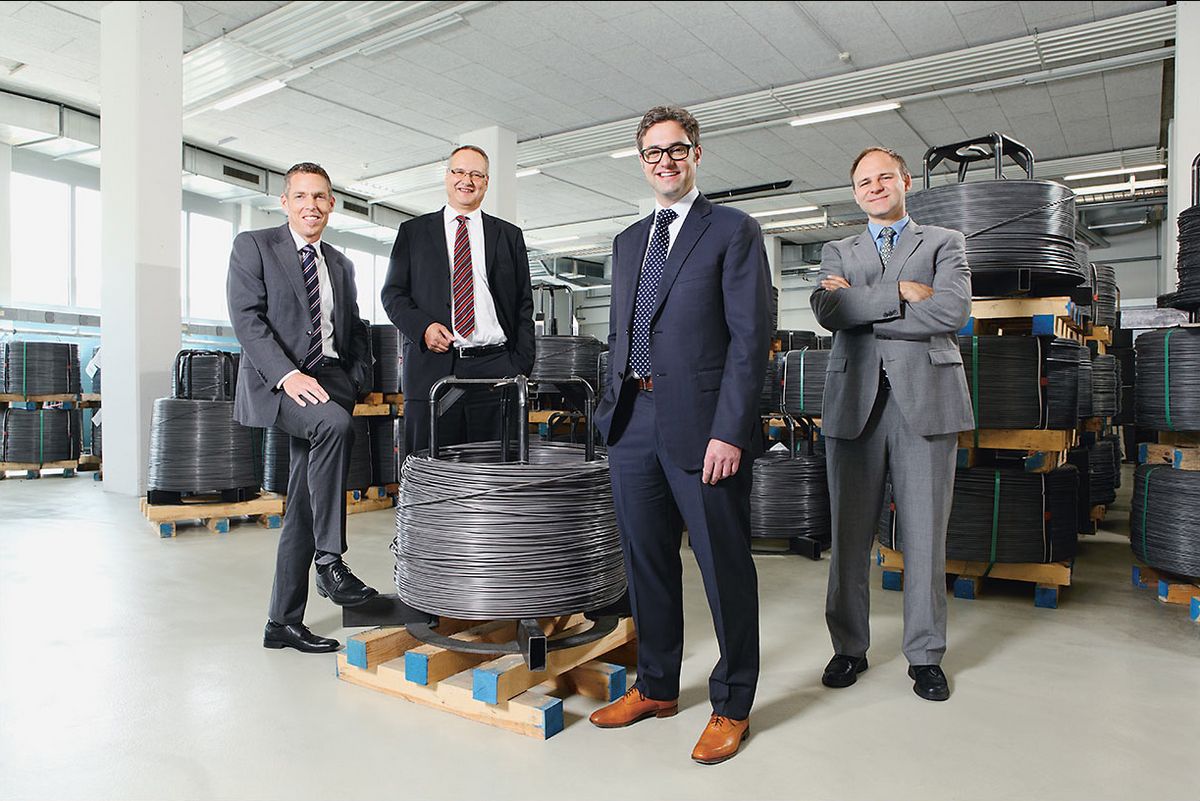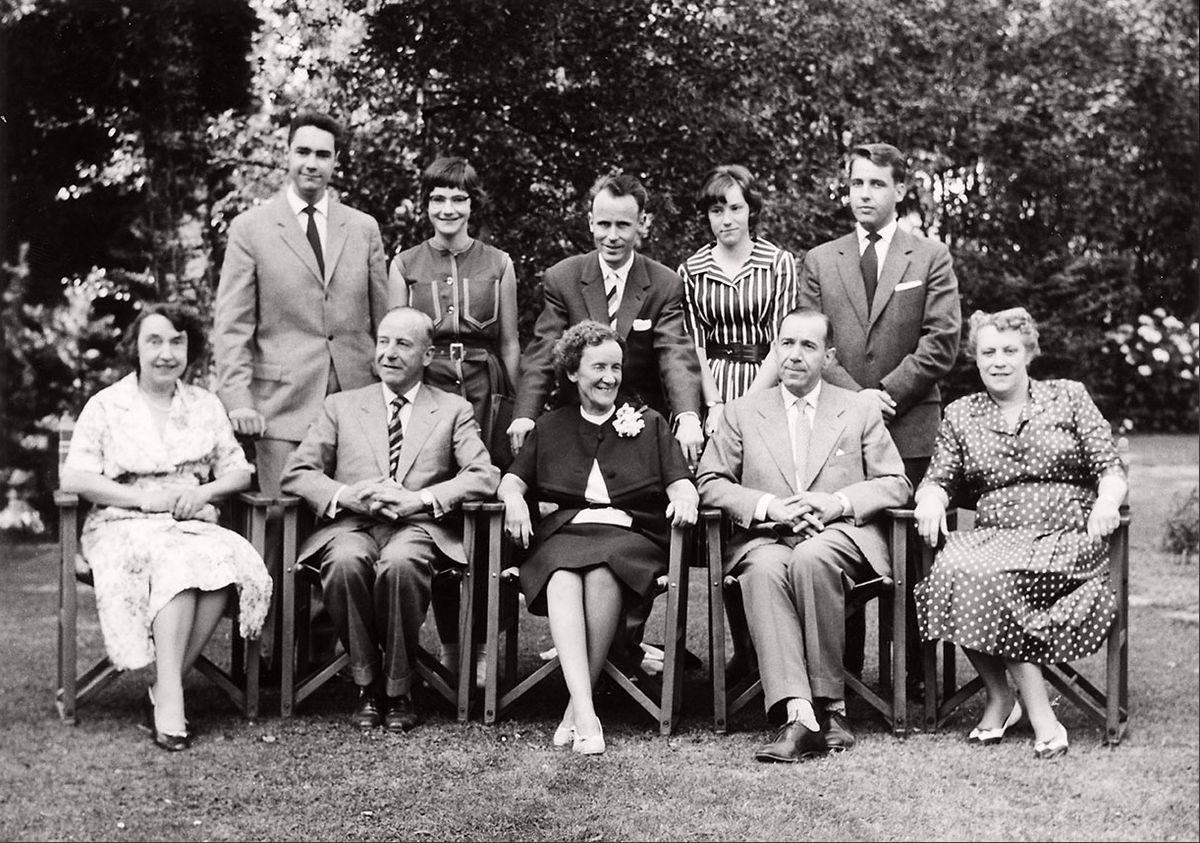When Johannes Wirz, a young comb maker from Menziken, built one of the world's first hook-and-eye machines in 1842, he ruined an entire industry in Switzerland. The mechanical production of so-called Häftli meant the end for a number of small businesses that laboriously produced hooks and eyes by hand. But that was not his intention; it was simply the consequence of his economic thinking and actions. Wirz was a brilliant mechanical engineer, a born entrepreneur, and an innovation-driven doer.
When he died in 1889, his son Emil and grandson Carl Fischer ensured significant growth – though not always successfully. Carl's sons Karl and Willy saved Drahtwerke Fischer through economic crises and the Second World War. Their successors, Hans-Erich and Thomas Fischer, completely transformed the company. And now, with Peter Fischer at the helm, the sixth generation is in charge, although the “Häftli” have long since made way for state-of-the-art metal processing.
The FIR Group employs around 200 people in Reinach, with a further 160 working at its subsidiary in Germany. The Oberwynental nail makers have become an industrial supplier producing at the upper end of the precision scale and continuing to rely on Switzerland as a business location to this day. The 175-year-old, eventful history is recounted by historian and journalist Christoph Zurfluh in his exciting and entertaining book “Die Häftlimacher” (The Häftlimacher). It can be purchased for 28 Swiss francs (including shipping) directly from Fischer Reinach AG.

![[Translate to en:] FIR Group Geschichte [Translate to en:] Johanne Wirz - FIR Group Geschichte](/fileadmin/images/fir-group/geschichte/johannes-wirz.jpg)






